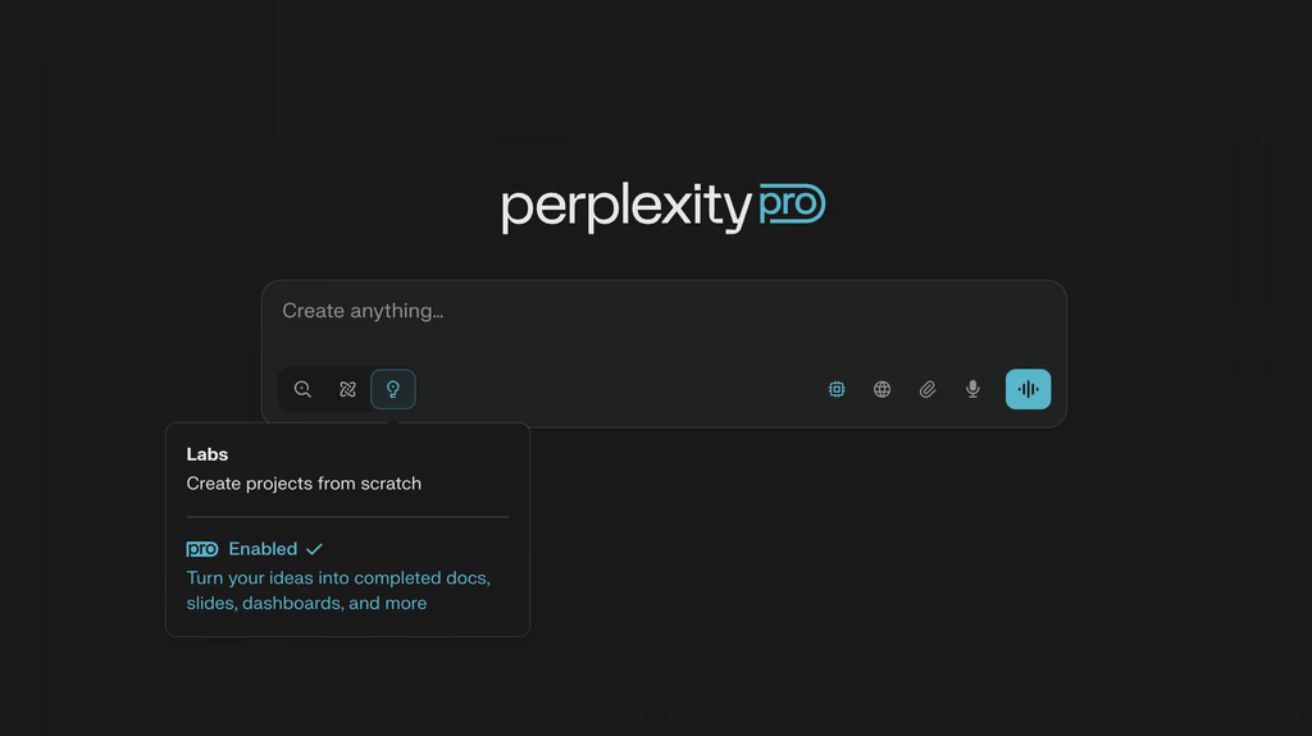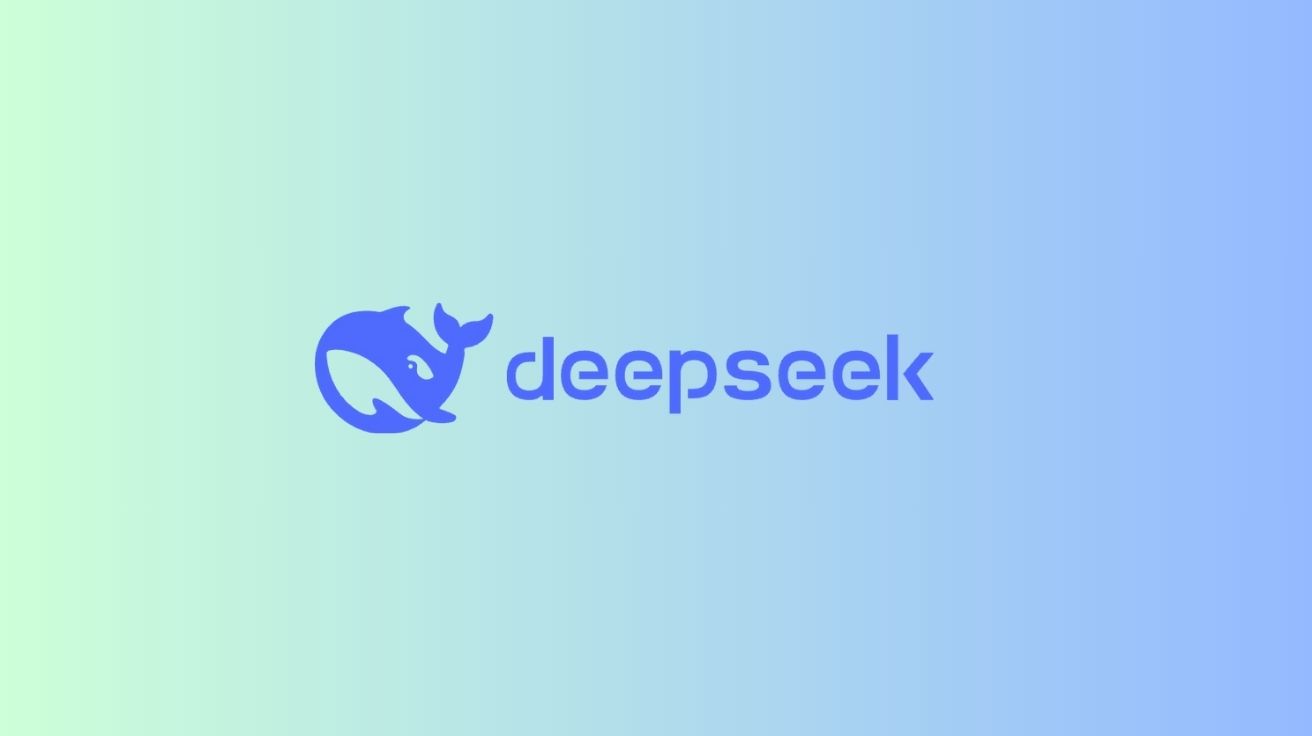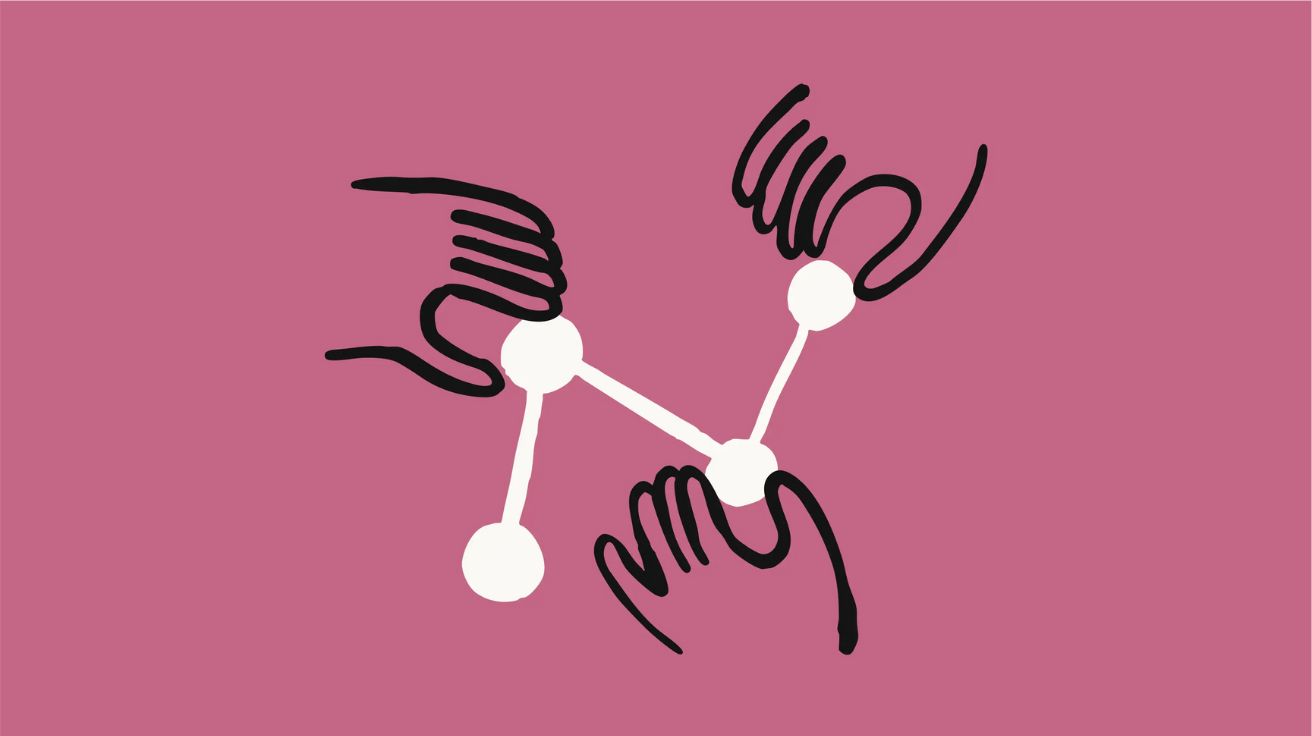“Most people are unaware that this is about to happen. It sounds crazy, and people just don’t believe it.”
This statement from Anthropic CEO Dario Amodei isn’t merely a prediction—it’s a warning. He recently cautioned that AI could eliminate half of all white-collar jobs within five years, potentially driving unemployment rates up to 20%. This figure approaches the devastating 25% unemployment rate experienced during the Great Depression of the 1930s.
What’s striking is that this “future” has already begun. In the United States, programming jobs have vanished by 27.5% in just two years, while in South Korea, Kakao has reportedly halted hiring for positions that “AI can replace.” IT entry-level job postings have plummeted for three consecutive years, dropping to just 4.4% this year.
However, there’s no need to panic. As with every technological revolution in history, while some jobs disappear, new opportunities simultaneously emerge. The key is to reach higher ground before the tsunami hits.
The “Silent Replacement” Has Already Begun: “If AI Can Do It, We Won’t Hire Humans”
The internal documents that shook South Korea’s IT industry were shocking. Kakao posted content on its internal bulletin board stating it would “not allocate new positions for tasks that AI can handle.”
The situation in the United States is even more dramatic. According to The Washington Post, computer programming jobs have decreased by 27.5% over two years, falling to 1980 levels. This represents the most severe impact among the 420 occupations surveyed.
The timing is significant. This sharp decline coincides precisely with ChatGPT’s launch in late 2022. According to Anthropic research, programming-related tasks account for 6.2% of all work people delegate to AI—ranking first among over 700 occupations. Mark Muro from the Brookings Institution analyzed this as “the early, visible labor market effects of AI, with programming unemployment rises appearing to be at least partially attributable to AI.”
Gen Z’s Misconception: “I Use AI, So I Should Be Fine”
The more serious problem is the complacency among those most affected. While 54% of Gen Z uses AI at least weekly, only 22% properly utilize it for academic purposes. 79% responded that they learn AI through self-study, while only 15% receive formal education.
One non-technical major student’s comment reveals the reality: “I only use AI for curiosity and proofreading—I have no intention of creating creative content.” However, companies are already operating by different standards. A Microsoft survey found that 71% of business leaders “prefer candidates with AI skills over experienced candidates without them.”
Survival Formula 1: Become an ‘AI Operator’
NVIDIA experts have revealed the first survival principle clearly: “Become an AI Operator.” Sadie St. Lawrence, founder of Women in Data, advises: “Don’t obsess over acquiring exact technical skills—focus on integrating AI utilization into your daily workflow.”
Google DeepMind CEO Demis Hassabis is even more direct: “If I were a teenager today, I would try to become a ninja at using the latest AI tools. If you become really good at using the latest AI tools, you can become almost superhuman in some ways.”
Remarkably, a computer science degree isn’t essential for entering the AI field. An Inside Higher Ed survey found that over 60% of students have changed their career plans due to AI. Whether it’s fine arts or chemical engineering, what matters is how you leverage AI in your respective field.
NVIDIA’s Carter Abdallah explains: “AI allows you to expand beyond your area of expertise. Non-technical people can now code, and technical people can use their liberal arts education to add human elements to AI work.”
Survival Formula 2: Evolve into a Creative Problem Solver
Software Policy Research Institute (SPRi) experts identified creative problem-solving ability (4.73 points) and cross-disciplinary communication skills (4.69 points) as top priorities. Even as AI automates code writing, problem definition, system design, and requirements analysis remain distinctly human domains.
The evidence is telling: while programming jobs in the US decreased by 27.5%, software developer positions dropped by only 0.3%. The distinction is clear—programmers “write code according to others’ instructions,” while developers “understand customer requirements and design solutions.” The salary difference reaches $45,000 annually.
Developers are no longer isolated code writers. They’re expanding into roles that collaborate with diverse stakeholders to solve business problems. SPRi’s report emphasizes this point: “While generative AI handles repetitive tasks, developers will focus on creative and strategic work.”
Survival Formula 3: Become a Niche Specialist
SPRi’s core strategy is “SW·AI convergence industry advancement.” Opportunities are exploding at the intersection of AI and existing industries—fintech, healthcare, autonomous vehicles, and smart factories. Rather than being merely a coder, you must become an AI utilization specialist with specific domain knowledge.
NVIDIA’s Eric Vargas advises: “There are various sub-areas and industry sectors within AI. You need to find the industry that best matches your passion and build expertise there.” An AI expert in autonomous vehicles operates in a completely different realm from one in healthcare.
Notable is the rise of “Trustworthy AI.” David Martin, a deaf intern at NVIDIA, advises engineering teams developing sign language AI applications and supports ethical dataset curation tool development. This exemplifies combining personal experience and passion with AI to create social value.
Survival Formula 4: Change the Rules of the Hiring Game
Traditional hiring methods are rapidly evolving. Instead of tests measuring simple coding ability, companies now prioritize AI collaboration skills and project experience. Toss has already eliminated coding tests in favor of strengthened job interviews.
Vargas’s differentiation strategy is specific: “Identify problems you can solve and take proactive measures to address them even before being hired.” Examples include building robot solutions with NVIDIA Jetson development kits, writing viral technical articles, or starting AI clubs on campus.
Recruiters seek three clear elements: ①Technical competency demonstration ②Subject matter expertise ③Out-of-the-box thinking. GitHub repositories, personal projects, and technical blogs are becoming more important than resumes. Projects demonstrating AI utilization capabilities are now essential.
Survival Formula 5: Build a Lifelong Learning Network
St. Lawrence’s experience offers significant insights: “Network building and mentorship in the AI space have been crucial to my career growth.” Connecting with industry experts through platforms like LinkedIn and utilizing hands-on education like NVIDIA’s Deep Learning Institute is essential.
Hassabis emphasized the importance of “meta-skills”: “Learning how to learn, creativity, adaptability, and resilience are the skills the next generation will need.” While technology constantly changes, the ability to adapt to change is eternal.
Individual efforts have limitations. SPRi proposes government-level reformation of developer training programs focused on big data and AI technology, plus expanded convergence industry education. Companies must also invest in employee retraining and transition programs.
Last Chance: Act Now or It’s Too Late
Amodei’s metaphor is apt: “You can’t stand in front of the train and stop it. The only way is to steer the train—steer it 10 degrees in a different direction.”
According to Cognizant analysis, the proportion of jobs that will be automated by AI is projected to surge from 8% in 2023 to 52% in 2032. However, there’s no need for despair. Experts believe complete human replacement by AI is difficult. In the SPRi survey, 61% responded that “final responsibility for development outcomes, defining new problems, and contextual thinking remain uniquely human domains.”
Time is crucial. Before Amodei’s “within five years” prediction materializes, we must upgrade ourselves. We must evolve from competitors with AI to collaborators with AI, from employees doing simple repetitive tasks to creative problem solvers, from solitary developers to communicating collaborators.
The 20% unemployment era may be unavoidable. However, whether you’ll be in that 20% or remain in the 80% depends on the choices we make today.








![[Q&AI] 대선 사전 투표율을 봤을 때 어떤 결과를 예상할 수 있을까?](https://aimatters.co.kr/wp-content/uploads/2025/05/AI-Matters-기사-썸네일-QAI-9.jpg)
![[Q&AI] 21대 대선 당선자 확정 시간 예측 어디가 정확할까? ‘그록 vs. 퍼플렉시티’](https://aimatters.co.kr/wp-content/uploads/2025/06/AI-Matters-기사-썸네일-QAI.jpg)